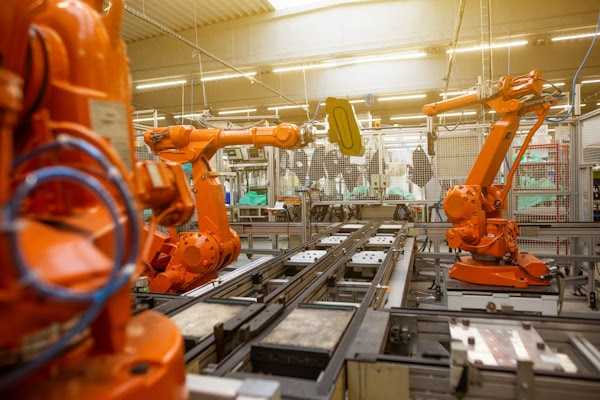In today’s business world, time is money. The faster you can get your product out, the better. A digital factory can help improve your business by streamlining your processes and making your production faster and more efficient. Keep reading to learn more about how a digital factory can help your business.
What is a digital factory?

Digital factories for businesses are a facility where products are designed and manufactured using digital technology. IBM created the first digital factory in 1956, and the concept has since been adopted by several other companies. A digital factory can be used to manufacture a wide range of products, including electronic components, medical devices, and automobiles. The use of digital technology makes it possible for digital manufacturing to create products with greater precision and accuracy and at a lower cost. A digital factory is typically divided into three sections: the design section, the manufacturing section, and the testing section.
The design section of a digital factory is a high-tech environment where products are designed using 3D printing, computer-aided design (CAD) software, and other digital tools and processes. In this section, designers work with engineers to create products that can be manufactured using digital technology. The manufacturing section is where products are manufactured using 3-D printers, laser cutters, and other digital manufacturing tools.
The testing section is where products are tested for quality and performance. An online factory testing section is responsible for the online product quality testing, online service quality testing, online operation process quality inspection, online user experience testing, and other aspects. The work of the online factory testing section is vital. A rigorous online testing system can help a company ensure the quality of its online products and services and maintain its leading position in the industry.
How can a digital factory improve your business?

A digital factory can help improve your business in a few ways. By creating a virtual space for your team to collaborate and by automating tasks, a digital factory can help you improve communication and efficiency. Additionally, a digital factory can create prototypes and products more quickly and efficiently than traditional methods, helping you get your products to market faster. The use of digital factories can help to reduce the amount of waste produced during the product creation process. Finally, using a digital factory can help you track data about how customers use your product, allowing you to make changes and improvements based on real-world feedback.
How do digital factories use data?
As factories become more automated, they are also collecting more data. This data is used to improve the factory process and make better products. Digital factories use data to improve the quality of their products by analyzing the data to find patterns. The patterns can enhance the design of the products and the manufacturing process. The data can also be used to improve the quality control process. The quality control process is essential to producing a quality product. Without a rigorous QC process, products can be released that are not up to standard, leading to customer dissatisfaction and lost revenue. There are several steps in the QC process, and each one is important in ensuring that the final product meets customer expectations.
Digital factories also use data to improve the safety of their workers. This is done by analyzing the data to find ways to prevent accidents. The data can be used to enhance the design of the machines and the layout of the factory. The data can also be used to improve the training of the workers.
Conclusion
Overall, a digital factory can help improve your business by improving communication and collaboration among team members, automating processes, and improving the quality and accuracy of data.


